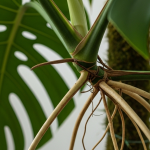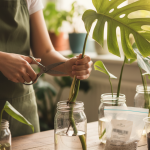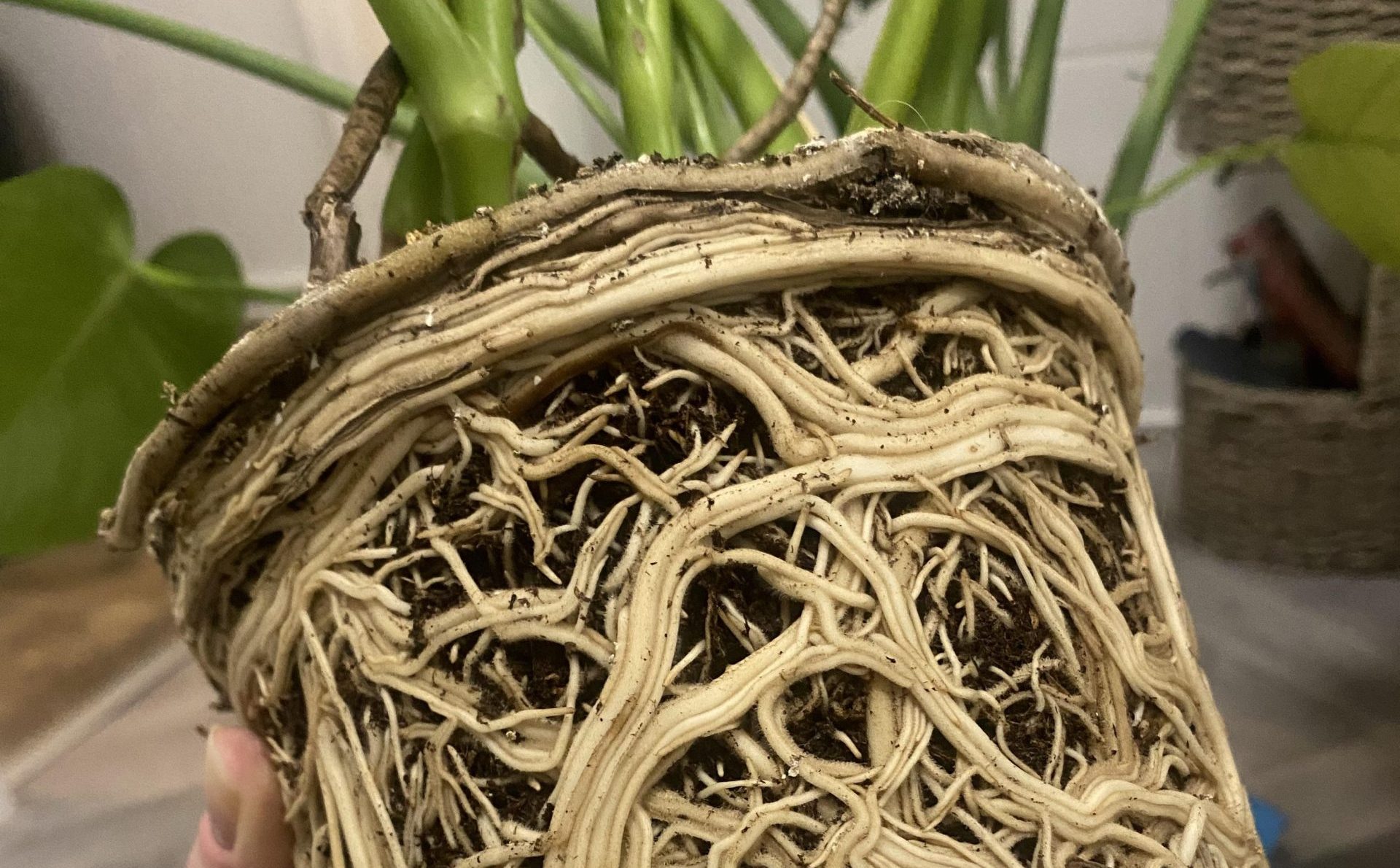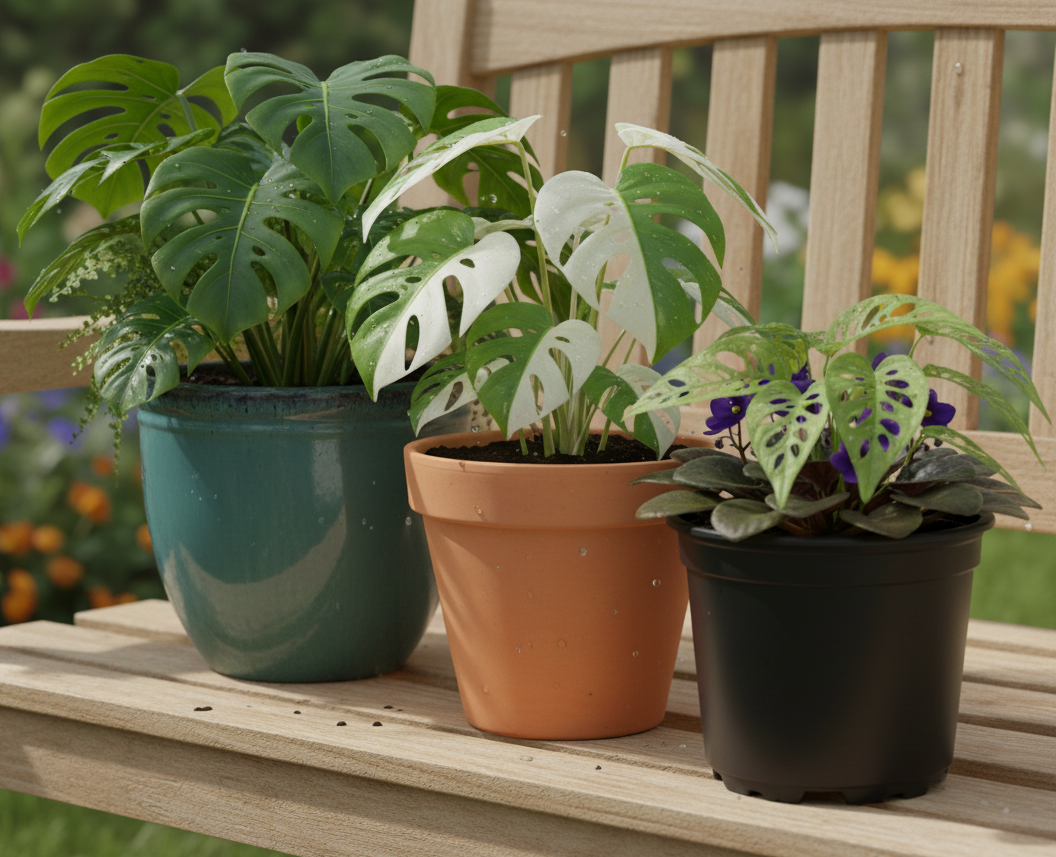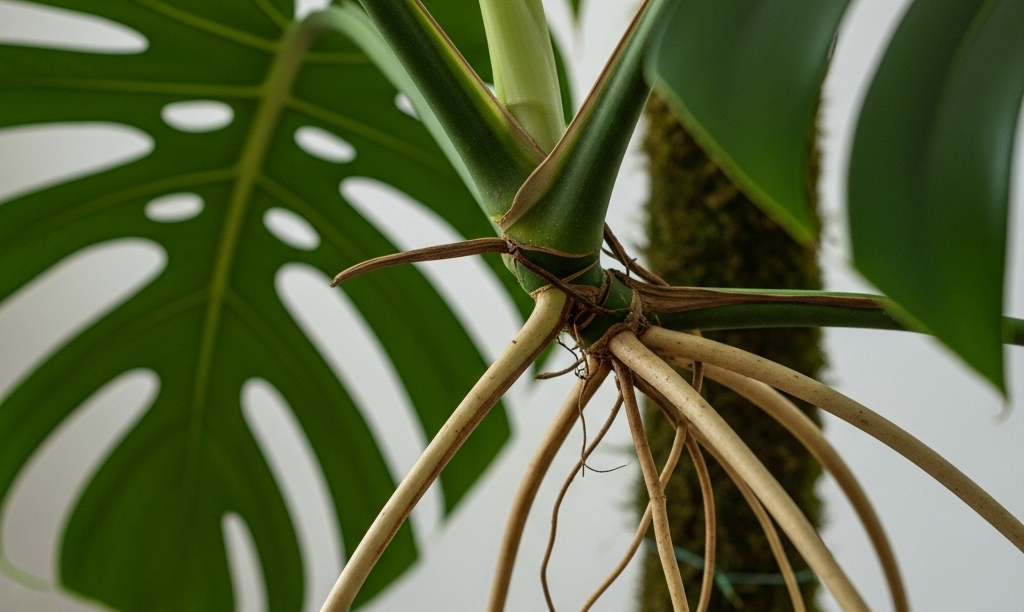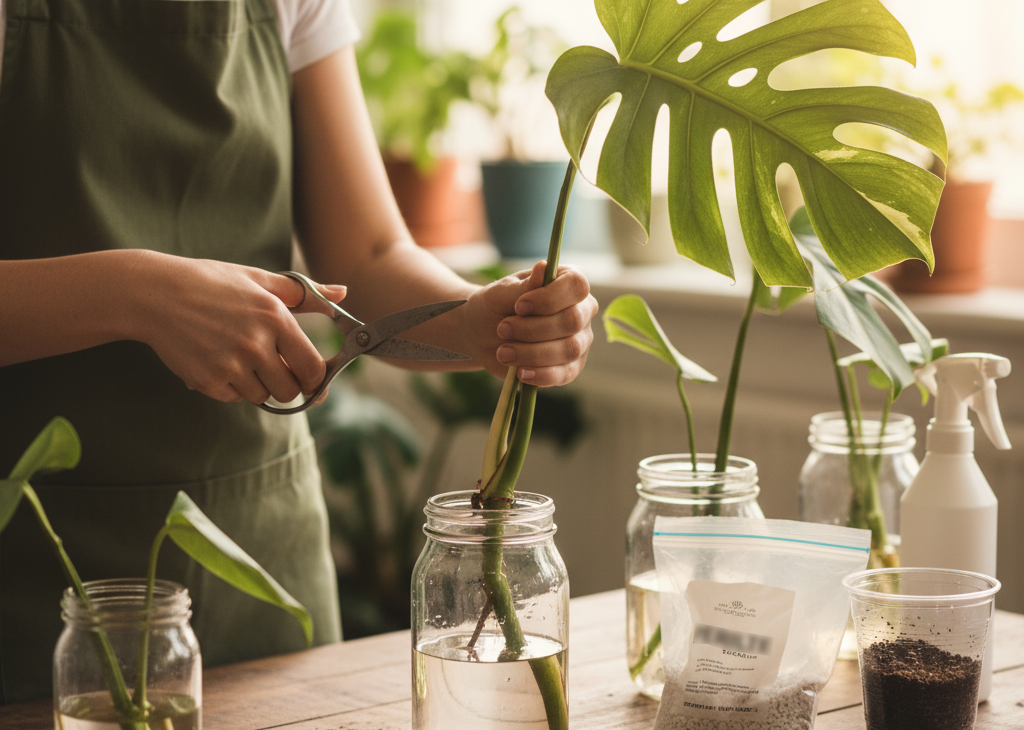Repotting is an essential part of keeping your Monstera deliciosa healthy and thriving. If you leave your plant in the same pot for too long, growth can slow, roots can become overcrowded, and leaves may start showing signs of stress. Knowing exactly when to repot will ensure your Monstera reaches its full potential. Here are five key signs to watch for.
1. Roots Are Coming Out of the Drainage Holes
One of the clearest signs that your Monstera needs a bigger pot is when roots start to peek out of the drainage holes. This indicates the plant is becoming root-bound and has outgrown its current home.
When repotting, choose a pot just one size larger than the current one. For example, if your Monstera is in an 8-inch pot, move it to a 10-inch pot. This gives the roots room to expand without making it difficult to maintain proper soil moisture.
2. Your Plant Has Slowed Down in Growth
If your Monstera’s growth has noticeably slowed, even under ideal light and temperature conditions, it may be root-bound. When roots fill the pot completely, the plant has limited space to grow new leaves.
A slow or stalled growth pattern often signals that it’s time to give your Monstera more room to thrive. Repotting allows the roots to spread out, supporting bigger and healthier leaves.
3. Potting Mix Is Drying Out Faster Than Before
As your Monstera becomes root-bound, the soil will dry out more quickly because the roots take up most of the space. If you’ve noticed that your plant needs water more frequently than usual, this is a strong indicator that it’s time for a larger pot.
Over time, repeated watering can also wash away nutrients from the soil, making it even harder to keep the plant hydrated. Repotting refreshes the soil, giving your Monstera the nutrients and moisture retention it needs to thrive.
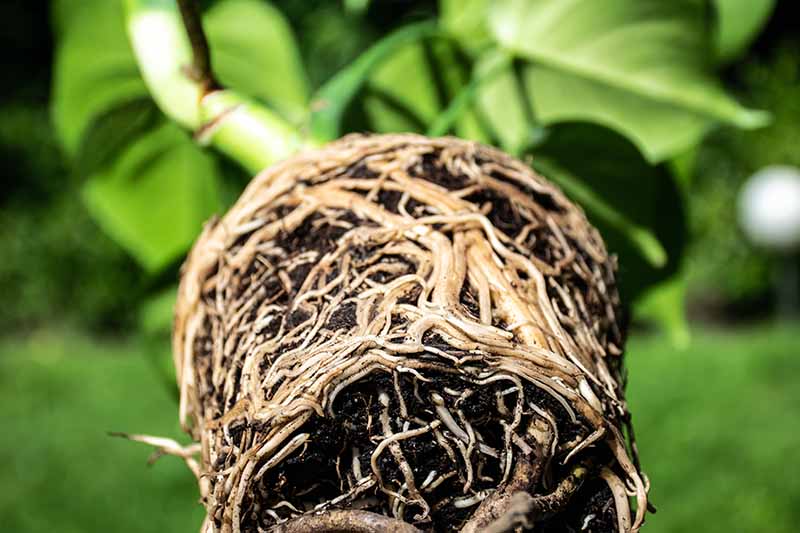
4. Yellow Leaves and Brown, Crispy Tips Are Appearing
When a Monstera is root-bound, it can become difficult to provide consistent hydration, even if you’re watering diligently. This often shows up as yellowing lower leaves or brown, crispy tips.
- Yellow leaves: Usually affect older leaves first, signaling dehydration or nutrient stress.
- Brown tips: Can appear on leaves when the plant struggles to take up enough water from the soil.
Repotting gives the roots more space to absorb water efficiently, preventing further yellowing and leaf tip damage. In the meantime, you can trim any brown tips to keep your plant looking neat.
5. It Has Been 2–3 Years Since Your Last Repot
Even if your plant isn’t showing dramatic signs of stress, it’s generally recommended to repot every 2–3 years. Over time, soil compacts, nutrients deplete, and root systems naturally expand.
If it’s been a few years since your Monstera was last repotted, consider checking the roots. If you notice any combination of the above factors—roots growing out, slow growth, or yellowing leaves—it’s likely time to move your plant into a larger pot.
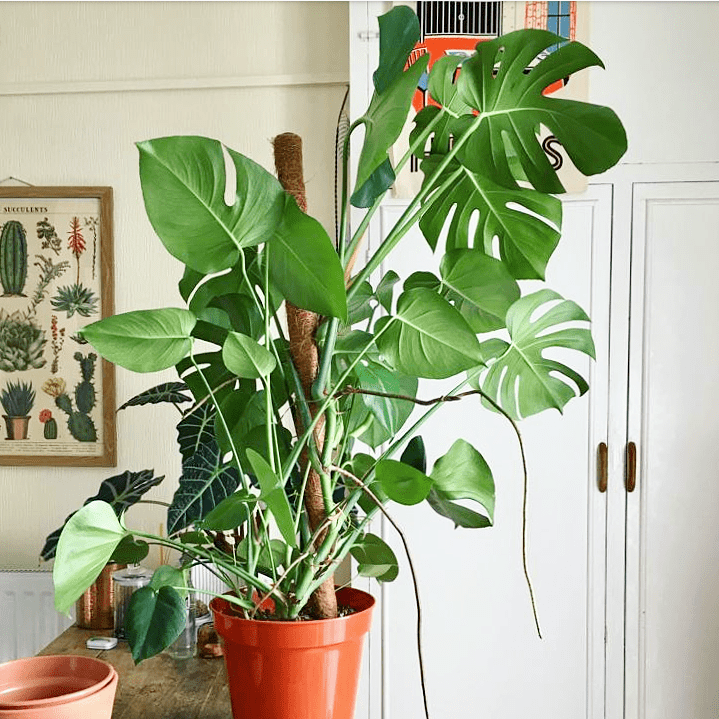
Final Thoughts
Repotting is essential for maintaining a healthy Monstera deliciosa. Keep an eye out for roots emerging from drainage holes, slowed growth, soil drying too quickly, yellow leaves, brown tips, and the age of your soil. Even one of these signs can indicate your plant is ready for a new home, but multiple signs together make repotting essential.
With the right timing and care, repotting will help your Monstera grow bigger, stronger, and more vibrant, giving you a lush, thriving plant to enjoy for years.



